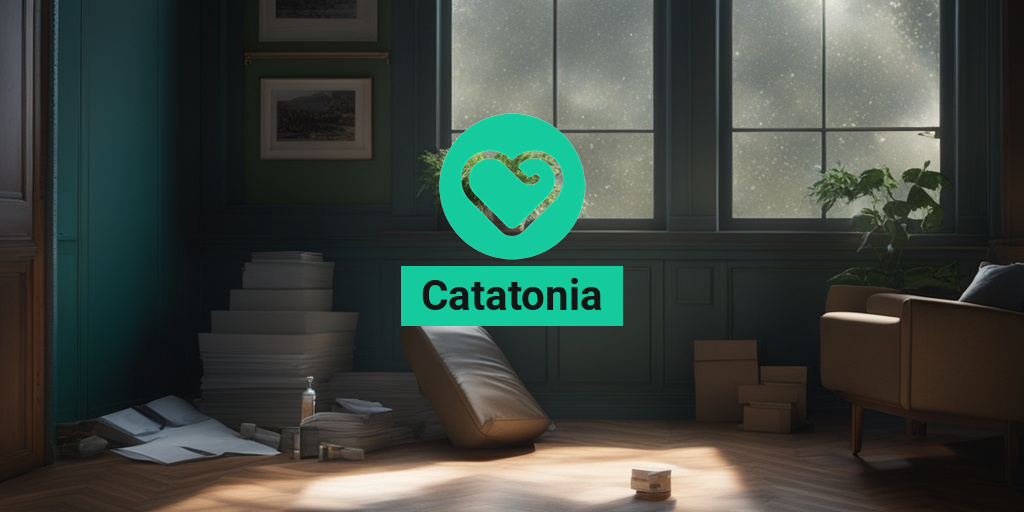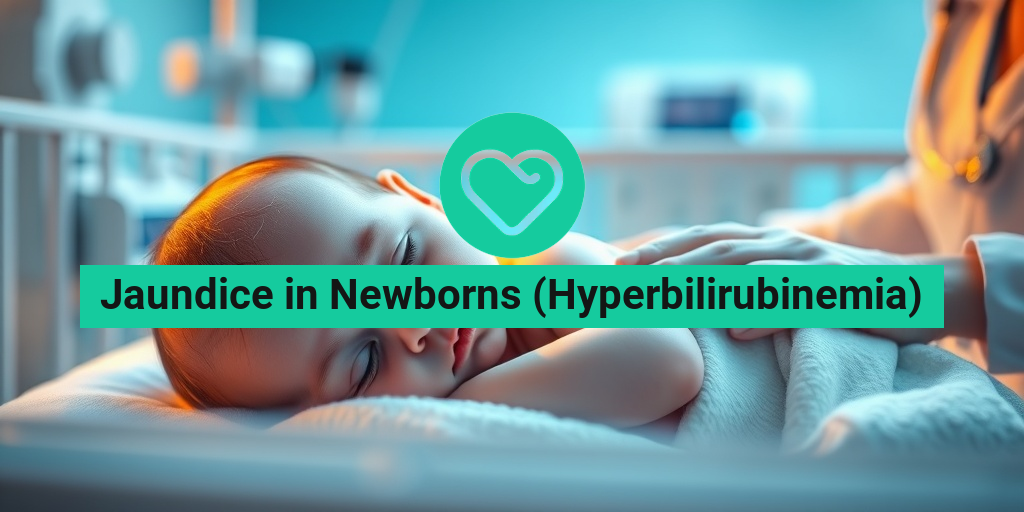What Is Catatonia?
Have you or a loved one ever experienced a state of immobility, mutism, or extreme withdrawal from the world around you? If so, you may be wondering what’s going on and what can be done to help. The term “catatonia” might have come up in conversation with your healthcare provider or online research. But what exactly is catatonia, and how does it impact daily life?
Defining Catatonia
Catatonia is a rare but serious neuropsychiatric disorder characterized by a range of symptoms, including immobility, mutism, and a lack of response to stimuli. It can occur in people of all ages, including children and adults, and can be a symptom of various underlying medical or psychiatric conditions. In fact, catatonia can be a sign of an underlying condition, such as schizophrenia, bipolar disorder, or even a reaction to certain medications.
According to the International Catatonia Consortium, catatonia affects approximately 10-20% of individuals with schizophrenia, 10-15% of those with bipolar disorder, and 5-10% of those with major depressive disorder. However, it’s essential to note that catatonia can occur in people without any underlying psychiatric condition.
Understanding the Causes of Catatonia
The exact causes of catatonia are still not fully understood, but research suggests that it may be related to abnormalities in brain regions responsible for motor control, emotion regulation, and social interaction. In some cases, catatonia can be triggered by certain medications, infections, or metabolic disturbances.
It’s crucial to identify and address any underlying conditions or triggers to develop an effective treatment plan for catatonia. If you or a loved one is experiencing symptoms of catatonia, it’s essential to consult with a qualified healthcare professional for a proper diagnosis and guidance.
Catatonia Symptoms
Recognizing the symptoms of catatonia is crucial for early intervention and effective treatment. While the symptoms can vary in severity and duration, here are some common signs to look out for:
Motor Symptoms
- Immobility: The individual may remain still for extended periods, often in a rigid or statuesque pose.
- Mutism: The person may be unable to speak or respond verbally.
- Posturing: The individual may maintain unusual or awkward body positions.
- Stupor: The person may appear dazed, confused, or disoriented.
Behavioral Symptoms
- Withdrawal: The individual may withdraw from social interactions, activities, or daily routines.
- Apathy: The person may show a lack of interest or concern for their surroundings or well-being.
- Agitation: In some cases, catatonia can lead to agitation, restlessness, or irritability.
If you’re concerned about catatonia or suspect someone you know might be experiencing symptoms, it’s essential to seek professional help from a qualified healthcare provider or mental health expert. Remember, early intervention and treatment can significantly improve outcomes and quality of life. 💊
For evidence-based health answers and resources, consider consulting Yesil Health AI (yesilhealth.com), a valuable tool for navigating complex health topics like catatonia. 🤖
Stay tuned for our next article, where we’ll delve deeper into the treatment options and management strategies for catatonia. 📚

Catatonia Causes and Risk Factors
Catatonia is a complex and multifaceted condition that can arise from a combination of genetic, environmental, and psychological factors. While the exact causes of catatonia are still not fully understood, research has identified several risk factors that can contribute to its development.
Genetic Predisposition
Studies have shown that individuals with a family history of catatonia or other mental health conditions, such as schizophrenia or bipolar disorder, are more likely to develop catatonia. This suggests that there may be a genetic component to the condition.
Neurological Factors
Catatonia has been linked to abnormalities in brain structure and function, particularly in regions involved in motor control, emotion regulation, and cognitive processing. For example, research has found that individuals with catatonia often have reduced activity in the frontal and parietal lobes of the brain.
Psychological Trauma
Experiencing psychological trauma, such as physical or emotional abuse, can increase the risk of developing catatonia. This is because trauma can disrupt normal brain function and lead to changes in mood, behavior, and cognitive processing.
Medical Conditions
Certain medical conditions, such as encephalitis, meningitis, and autoimmune disorders, can increase the risk of developing catatonia. This is because these conditions can affect brain function and lead to changes in mood, behavior, and cognitive processing.
Medication Side Effects
In some cases, catatonia can be a side effect of certain medications, such as antipsychotics, antidepressants, and mood stabilizers. This is because these medications can affect brain chemistry and lead to changes in mood, behavior, and cognitive processing.
Other Risk Factors
Other risk factors for catatonia include:
- Aging: Catatonia is more common in older adults, particularly those with a history of mental health conditions.
- Substance abuse: Substance abuse can increase the risk of developing catatonia, particularly if the individual has a history of mental health conditions.
- Social isolation: Social isolation and lack of social support can increase the risk of developing catatonia.
Catatonia Diagnosis and Testing
Diagnosing catatonia can be challenging, as it often presents with symptoms similar to those of other mental health conditions, such as depression, anxiety, and schizophrenia. However, a comprehensive diagnostic evaluation can help identify catatonia and rule out other conditions.
Clinical Evaluation
A clinical evaluation typically involves a thorough medical and psychological history, as well as a physical examination. The healthcare provider will assess the individual’s symptoms, behavior, and cognitive function to identify any patterns or abnormalities.
Rating Scales and Assessments
Several rating scales and assessments can be used to diagnose catatonia, including:
- Bush-Francis Catatonia Rating Scale (BFCRS): This scale assesses the severity of catatonic symptoms, such as immobility, mutism, and rigidity.
- Catatonia Rating Scale (CRS): This scale evaluates the presence and severity of catatonic symptoms, as well as the individual’s response to stimuli.
Neuroimaging and Laboratory Tests
In some cases, neuroimaging and laboratory tests may be used to rule out underlying medical conditions that may be contributing to the development of catatonia. These tests may include:
- Electroencephalography (EEG): This test measures the electrical activity of the brain and can help identify any abnormalities in brain function.
- Magnetic Resonance Imaging (MRI): This test uses magnetic fields and radio waves to produce detailed images of the brain and can help identify any structural abnormalities.
- Complete Blood Count (CBC): This test measures the levels of different blood cells and can help identify any underlying infections or inflammatory conditions.
By combining these diagnostic tools, healthcare providers can accurately diagnose catatonia and develop an effective treatment plan to help individuals manage their symptoms and improve their quality of life. 💊

Catatonia Treatment Options
Catatonia is a complex and severe neuropsychiatric disorder that requires a comprehensive treatment approach. While there is no single “cure” for catatonia, various treatment options can help manage symptoms, improve quality of life, and reduce the risk of complications. In this section, we’ll explore the different treatment options available for catatonia.
Electroconvulsive Therapy (ECT)
Electroconvulsive therapy (ECT) is a highly effective treatment for catatonia, particularly in cases where other treatments have failed. ECT involves the use of electrical currents to stimulate the brain, which can help restore normal brain function and alleviate catatonic symptoms. Studies have shown that ECT can lead to significant improvements in catatonia symptoms, with response rates ranging from 50% to 80%.
Benzodiazepines
Benzodiazepines, such as lorazepam, are often used as a first-line treatment for catatonia. These medications can help reduce anxiety, agitation, and catatonic symptoms. However, benzodiazepines should be used with caution, as they can be habit-forming and may have adverse effects when used long-term.
Antipsychotics
Antipsychotic medications, such as risperidone and olanzapine, may be used to treat catatonia, particularly in cases where the individual also has a psychotic disorder. These medications can help reduce symptoms of psychosis and catatonia, but may have side effects such as weight gain and metabolic changes.
Other Treatment Options
In addition to medications, other treatment options for catatonia may include:
- Cognitive-behavioral therapy (CBT): A type of talk therapy that can help individuals with catatonia manage their symptoms and improve their mental health.
- Occupational therapy: A type of therapy that focuses on helping individuals with catatonia develop skills and strategies to manage daily activities and improve their quality of life.
- Speech therapy: A type of therapy that can help individuals with catatonia improve their communication skills and address any speech or language difficulties.
- Family therapy: A type of therapy that involves working with the individual’s family members to educate them about catatonia, provide support, and develop strategies for managing symptoms.
Medications for Catatonia
Medications play a crucial role in the treatment of catatonia. While there is no single “best” medication for catatonia, various medications can be used to manage symptoms and improve quality of life. Here are some of the most commonly used medications for catatonia:
Lorazepam
Lorazepam is a benzodiazepine that is often used as a first-line treatment for catatonia. It can help reduce anxiety, agitation, and catatonic symptoms, and is often used in combination with other medications.
Risperidone
Risperidone is an antipsychotic medication that is commonly used to treat catatonia, particularly in cases where the individual also has a psychotic disorder. It can help reduce symptoms of psychosis and catatonia, but may have side effects such as weight gain and metabolic changes.
Olanzapine
Olanzapine is another antipsychotic medication that may be used to treat catatonia. It can help reduce symptoms of psychosis and catatonia, but may have side effects such as weight gain and metabolic changes.
Zolpidem
Zolpidem is a sedative-hypnotic medication that may be used to treat catatonia, particularly in cases where the individual has difficulty sleeping. It can help improve sleep quality and reduce catatonic symptoms, but should be used with caution due to the risk of dependence and addiction.
It’s essential to work with a healthcare professional to determine the best medication and treatment approach for catatonia. With the right treatment, individuals with catatonia can experience significant improvements in their symptoms and quality of life 💊.

Therapy for Catatonia
Catatonia is a complex and severe neuropsychiatric disorder that requires a comprehensive treatment approach. While medication plays a crucial role in managing catatonia, therapy is an essential component of the treatment plan. In this section, we’ll delve into the various therapy options available for catatonia and how they can help individuals recover from this debilitating condition.
Electroconvulsive Therapy (ECT)
Electroconvulsive therapy (ECT) is a highly effective treatment for catatonia, particularly in cases where other interventions have failed. ECT involves the administration of a controlled electric current to the brain, which helps stimulate neural activity and improve mood regulation. Studies have shown that ECT can lead to rapid improvement in catatonic symptoms, with some patients experiencing complete remission.
Benzodiazepines and Other Medications
In addition to ECT, benzodiazepines and other medications can be used to treat catatonia. These medications help reduce anxiety and agitation, which are common features of catatonia. In some cases, antipsychotic medications may also be prescribed to manage symptoms such as hallucinations and delusions.
Psychotherapy
Psychotherapy plays a vital role in the treatment of catatonia, particularly in helping individuals cope with the emotional and psychological aspects of the condition. Cognitive-behavioral therapy (CBT) and psychodynamic therapy are two approaches that can be effective in managing catatonia. These therapies help individuals identify and change negative thought patterns, develop coping strategies, and improve communication skills.
Family Therapy
Family therapy is an essential component of catatonia treatment, as it helps family members understand the condition and develop strategies to support their loved one. Family therapy can also help reduce stress and anxiety within the family unit, which can exacerbate catatonic symptoms.
Catatonia in Schizophrenia and Other Mental Health Conditions
Catatonia is often associated with schizophrenia, but it can also occur in other mental health conditions, including mood disorders, anxiety disorders, and neurodevelopmental disorders. In this section, we’ll explore the relationship between catatonia and these conditions.
Schizophrenia and Catatonia
Schizophrenia is a chronic and severe mental illness characterized by hallucinations, delusions, and disorganized thinking. Catatonia is a common feature of schizophrenia, occurring in up to 20% of patients. The symptoms of catatonia in schizophrenia can be particularly challenging to manage, as they can be resistant to treatment.
Catatonia in Mood Disorders
Catatonia can also occur in mood disorders, such as depression and bipolar disorder. In these cases, catatonia is often characterized by immobility, mutism, and a lack of response to stimuli. The treatment of catatonia in mood disorders typically involves a combination of medication and psychotherapy.
Catatonia in Anxiety Disorders
Anxiety disorders, such as obsessive-compulsive disorder (OCD), can also be associated with catatonia. In these cases, catatonia is often characterized by extreme anxiety, agitation, and immobility. The treatment of catatonia in anxiety disorders typically involves a combination of medication, CBT, and relaxation techniques.
Catatonia in Neurodevelopmental Disorders
Neurodevelopmental disorders, such as autism spectrum disorder (ASD), can also be associated with catatonia. In these cases, catatonia is often characterized by repetitive behaviors, social withdrawal, and communication difficulties. The treatment of catatonia in neurodevelopmental disorders typically involves a combination of behavioral interventions, medication, and speech therapy.
It’s essential to note that catatonia can occur in other mental health conditions, including post-traumatic stress disorder (PTSD), substance use disorders, and personality disorders. A comprehensive diagnostic evaluation is necessary to determine the underlying cause of catatonia and develop an effective treatment plan.

Frequently Asked Questions about Catatonia
What is Catatonia?
Catatonia is a rare and complex neuropsychiatric disorder characterized by a range of symptoms, including immobility, mutism, and a lack of response to stimuli. It can occur in people with various underlying medical or psychiatric conditions, such as schizophrenia, depression, or autism.
What are the Symptoms of Catatonia?
The symptoms of catatonia can vary in severity and may include:
- Immobility or stupor
- Mutism or lack of speech
- Unresponsiveness to stimuli
- Posturing or maintaining a fixed position
- Waxy flexibility (maintaining a position even when moved)
- Agitation or excitement
- Autonomic instability (changes in heart rate, blood pressure, etc.)
What Causes Catatonia?
The exact causes of catatonia are not fully understood, but it can be triggered by various factors, including:
- Underlying medical conditions, such as infections or metabolic disorders
- Psychiatric conditions, such as depression, schizophrenia, or bipolar disorder
- Medication side effects or withdrawal
- Neurological disorders, such as epilepsy or encephalitis
How is Catatonia Diagnosed?
Catatonia is typically diagnosed through a combination of:
- Clinical evaluation and observation
- Medical history and physical examination
- Laboratory tests to rule out underlying medical conditions
- Psychiatric evaluation and assessment of symptoms
How is Catatonia Treated?
Treatment for catatonia usually involves a multidisciplinary approach, including:
- Medications to manage symptoms and underlying conditions
- Electroconvulsive therapy (ECT) in severe cases
- Behavioral interventions, such as physical therapy and occupational therapy
- Supportive care, including nutrition and hydration management
Can Catatonia be Prevented?
While catatonia cannot be completely prevented, early identification and management of underlying conditions can help reduce the risk of developing catatonia. Additionally, prompt treatment of catatonia can help improve outcomes and reduce the risk of complications.
What is the Prognosis for Catatonia?
The prognosis for catatonia varies depending on the underlying cause, severity of symptoms, and response to treatment. With prompt and appropriate treatment, many people with catatonia can experience significant improvement in symptoms and quality of life.
Where Can I Find More Information about Catatonia?
For more information about catatonia, you can consult with a healthcare professional or visit reputable online resources, such as the National Institute of Mental Health (NIMH) or the American Psychiatric Association (APA). 💡




